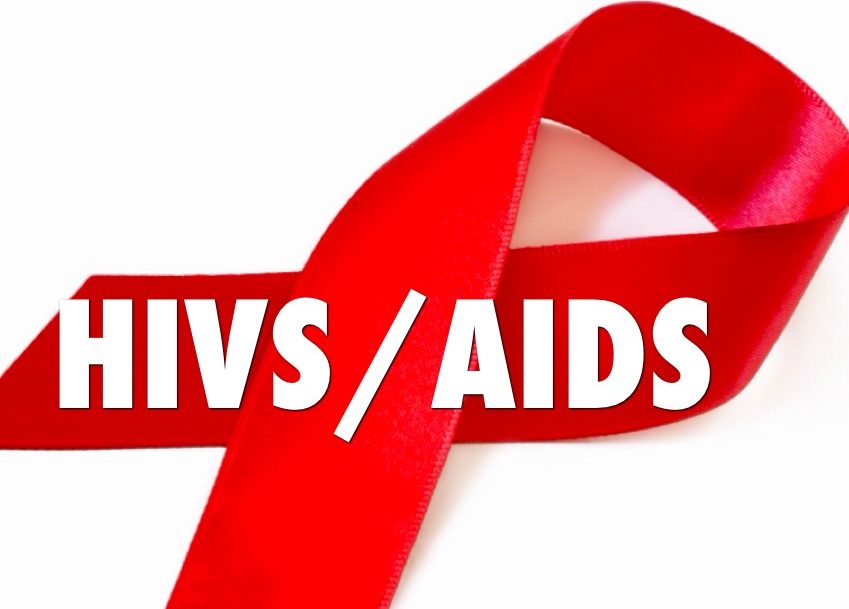THE revelation that the sharing of needles and syringes is causing the overspill of HIV into the heterosexual population must concern us all.
Senior Medical Officer-in-Charge of the Sexual Reproductive Health Hub Dr Dashika Balak spoke about this at the Fiji Medical Association (FMA) Mini Conference 2025 in Suva yesterday.
It is the mode of transmission into the “other population”, she said.
Partners were using syringes to use drugs.
And they are getting infected with HIV through sharing, “and then they are coming back and sleeping with their female partners who are acquiring the HIV through that partner who was doing drugs, and if she becomes pregnant, that spills over to the paediatric population”.
All males tested positive for HIV in 2024, she revealed, got it through needle sharing.
The total number of new HIV cases last year, she said, was 1093, and 784 were males.
The analysis, she noted, showed that out of all the males, 100 per cent of them got HIV through injecting drug use, or via sharing of needles or syringes, or blood sharing.
For females, 40 percent acquired it through injecting drug use. The other 60 percent acquired it through sexual transmission.
Dr Balak spoke about the need for a combined prevention package for different key population and age groups in Fiji to address the rise in HIV cases.
And as we have always said, the ministry and healthcare workers cannot do this on their own.
They will need communities to be engaged and to become an integral part of any campaign to combat HIV. What we have here are some scenarios that are quite frightening.
Questions will be asked about the impact of illicit drugs on the rise in HIV cases.
Why are users sharing needles? Why are they even taking drugs?
Why are they risking their lives and the big question — are they aware of the dangers of sharing needles?
If they are, then what is it that is driving them to continue to share needles?
What is it that is providing the motivation to ignore the risks, and continue to engage in bad behaviour?
And back to the big question above, on awareness. Are they aware?
We certainly have a massive challenge before us. It’s something that needs our urgent attention. It demands our action and commitment. We must be passionate about this campaign. There are far too many truths that must be shared and discussions stimulated at every level of society.
So is addiction driving this behaviour? Is it the high cost of drugs on the streets that is pushing users to share equipment to feed their dependency? Or are we looking at deeper issues? Could poverty, lack of access to treatment, stigma perhaps, be preventing people from seeking help?
These questions must be answered honestly because behind every statistic is a story of pain, loss, and missed opportunities for intervention.
The rise in HIV infections connected to injecting drug use is a warning.
Could it also be telling us about overlooked vulnerabilities?
Awareness must grow. Conversations must begin at homes, in schools, in churches, and on the streets.
We have a fight in front of us that we cannot afford to lose!



